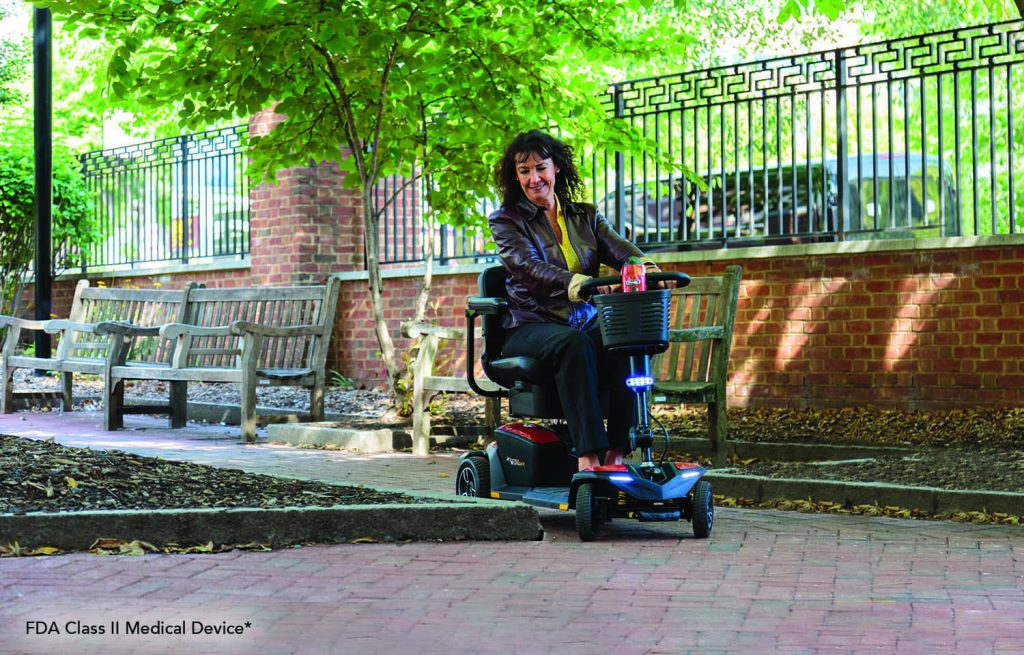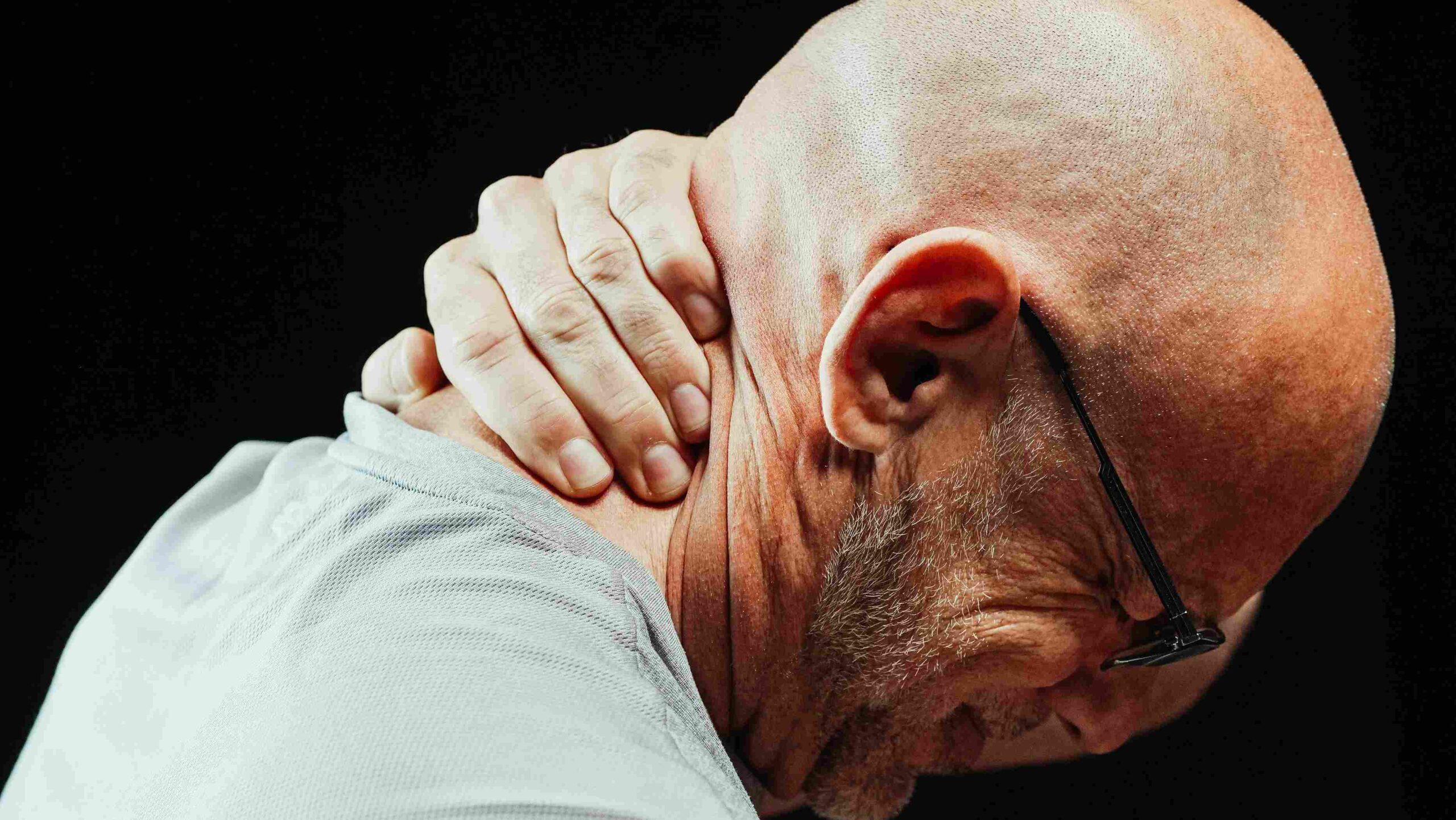For many people, using a walker is essential for maintaining balance, mobility, and independence. But living with a walker doesn’t mean limiting your lifestyle—it can be the key to staying active and healthy. As a physical therapist with years of experience helping patients adapt to mobility aids, I’ve seen firsthand how incorporating exercise and safe walker practices can transform daily life.
This guide will share effective strategies and exercises to help you thrive while using a walker, ensuring you stay confident, comfortable, and on the move.
Why Staying Active Matters When Using a Walker
A walker provides stability and reduces the risk of falls, but staying active is just as important for maintaining overall health. Regular physical activity helps to:
- Strengthen Muscles: Building strength makes walking and maneuvering your walker easier.
- Boost Mobility: Improve flexibility and range of motion for smoother movement.
- Enhance Confidence: Increase your ability to handle daily tasks independently.
- Support Mental Well-being: Exercise can lift your mood, reduce stress, and improve sleep.
1. Choosing the Right Walker for Your Needs
efore focusing on exercise and mobility, ensure your walker is the right fit for your lifestyle:
- Standard Walker: Offers maximum stability for those who need firm support.
- Wheeled Walker: Easier to push, ideal for people with moderate mobility needs.
- Rollator Walker: Includes wheels, a seat, and hand brakes for increased mobility and longer distances.
Make sure your walker is adjusted correctly—your elbows should bend slightly (15-30 degrees) when holding the grips. This ensures comfort and reduces strain on your back and arms.
2. Strengthening Exercises to Improve Mobility
Incorporating simple exercises into your routine can enhance your ability to use a walker effectively. Here are some easy-to-follow exercises:
a. Leg Strengthening
- Seated Marches: Sit in a sturdy chair with your walker in front of you. Lift one knee at a time as if marching, keeping your movements slow and controlled. Repeat 10-15 times per leg.
- Standing Knee Bends: Hold your walker for support. Slowly bend one knee, bringing your heel toward your buttocks, then lower it. Repeat 10-15 times per leg.
b. Upper Body Strengthening
-
Hand Grip Squeezes: Use a stress ball or foam ball to strengthen your grip. Squeeze and release the ball 10-15 times per hand.
- Chair Push-Ups: Sit in a sturdy chair with armrests. Use your arms to push yourself up slightly, then lower back down. Repeat 10-12 times.
c. Balance Exercises
-
Side-to-Side Steps: Stand with your walker in front of you. Step to one side, then bring the other foot to meet it. Repeat 10 times in each direction.
- Single-Leg Balance: Hold onto your walker for support. Lift one foot slightly off the ground and hold for 5-10 seconds. Switch legs and repeat.
3. Safe Walker Techniques
Proper walker use is essential for safety and efficiency.
a. Walking with a Walker
- Move the walker a few inches forward, ensuring all four legs or wheels are on the ground.
- Step forward with your weaker leg first, followed by your stronger leg.
- Keep your back straight and avoid leaning too far forward.
b. Turning Safely
To turn, pivot your stronger leg while moving the walker in the direction you want to go. Avoid twisting your torso, which can strain your back.
c. Navigating Obstacles
- Curbs and Steps: Step up with your stronger leg first, then bring your weaker leg and the walker up. For stepping down, lower the walker first, followed by your weaker leg.
- Thresholds and Uneven Surfaces: Lift the walker slightly or use a wheeled walker to glide over small bumps or uneven ground.
4. Staying Active with a Walker
Using a walker doesn’t mean you can’t enjoy an active lifestyle. Here are some tips for staying engaged and mobile:
a. Take Daily Walks
Short, regular walks around your home or neighborhood help improve endurance and confidence. Start with 5-10 minutes and gradually increase the duration.
b. Join Adaptive Exercise Classes
Many communities offer exercise classes tailored for individuals with mobility aids, such as chair aerobics, yoga, or tai chi. These activities can improve strength and flexibility while providing social interaction.
c. Incorporate Functional Movements
Practice movements that mimic daily tasks, like standing up from a chair or reaching for items, to improve functional strength and mobility.
d. Stay Social
Join a walking group or visit accessible parks and museums. Combining physical activity with social outings can make exercising more enjoyable.
5. Maintaining Your Walker
Proper walker maintenance ensures it stays safe and reliable:
- Inspect Regularly: Check for loose bolts, worn-out rubber tips, or frayed parts.
- Clean Often: Wipe down your walker with a damp cloth to remove dirt and dust.
- Replace Parts: Replace worn rubber tips or wheels to maintain stability and ease of movement.
FAQs
1. Can I exercise with a walker if I have joint pain?
Yes, low-impact exercises like seated marches or stretches can help improve joint mobility without causing strain.
2. How can I make my walker more comfortable?
Use padded grips, adjust the height to fit your posture, and ensure you’re wearing supportive footwear.
3. Are there outdoor-friendly walkers?
Yes, rollator walkers with larger wheels are designed for uneven terrain, making them ideal for outdoor activities.
4. How often should I replace parts on my walker?
Check your walker regularly and replace rubber tips or wheels every 6-12 months, or sooner if they show significant wear.
5. Is it safe to use a walker on stairs?
Using a walker on stairs can be challenging. If possible, add ramps to your home or seek assistance for stair navigation.
Conclusion: Moving Forward with Confidence
A walker is more than just a mobility aid—it’s a tool that empowers you to stay active, independent, and engaged. By incorporating strength and balance exercises, practicing safe techniques, and maintaining your device, you can enjoy a fulfilling and active lifestyle. Remember, living with a walker doesn’t mean slowing down—it’s about moving forward with confidence and purpose.






